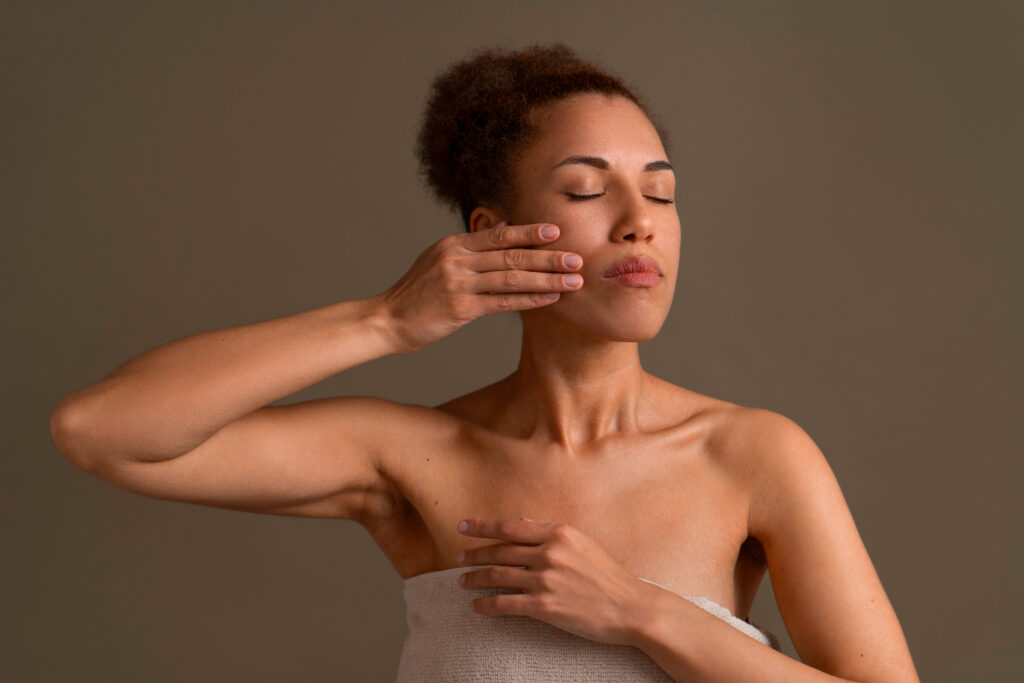
As we embrace the warmer months and spend more time outdoors, it’s important to remember that while the sun provides essential vitamin D, it also emits harmful ultraviolet (UV) rays that can damage our skin and overall health. Here are some comprehensive tips to help you enjoy the sun safely.
Table of Contents
1. Understand UV Radiation
It’s crucial to understand why and how UV radiation affects us. It comes from the sun in two primary forms: UVA and UVB rays. UVA rays penetrate deeply into the skin, causing premature aging and wrinkles, while UVB rays are responsible for sunburn and have a significant role in developing skin cancer. Both types can damage your skin and eyes, so protection against both is critical.
2. Apply Sunscreen Correctly
Sunscreen is your first line of defense against UV radiation. Here’s how to use it effectively:
- Choose Broad-Spectrum Sunscreen: Ensure your body sunscreen offers protection against both UVA and UVB rays.
- SPF Matters: Find a sunscreen with a Sun Protection Factor (SPF) of at least 30. Higher SPFs offer more protection, but no sunscreen can block 100% of UV rays.
- Apply Generously: Use about one ounce (a shot glass full) to cover your entire body. Don’t forget areas like your ears, neck, and feet.
- Reapply Regularly: Reapply every two hours, and more often if you’re swimming or sweating a lot. Water-resistant sunscreens offer longer protection but still need reapplication after 40–80 minutes in water.
3. Seek Shade
When the sun’s rays are the strongest, typically between 10am and 4pm, seek shade whenever possible:
- Natural Shade: Utilize trees, umbrellas, or canopies when outdoors.
- Create Your Own Shade: Use portable umbrellas or tents when at the beach or during outdoor activities.
4. Be Mindful of Reflective Surfaces
Surfaces like water, sand, snow, and concrete can reflect UV rays, increasing your exposure:
- Extra Protection: Use extra sunscreen and wear protective clothing when you’re near reflective surfaces.
- Avoid Peak Hours: Try to schedule outdoor activities outside peak UV radiation times.
5. Stay Hydrated
Spending any time in the sun can lead to dehydration:
- Drink Plenty of Water: Stay hydrated by drinking lots of water throughout the day.
- Avoid Alcohol and Caffeine: These can dehydrate you more quickly, so consume them in moderation.
6. Protect Children and Infants
Children’s skin is more sensitive to UV radiation:
- Special Sunscreen: Use sunscreen formulated for children, which is often gentler on the skin.
- Cover Up: Dress children in protective clothing and make sure they wear hats and sunglasses.
- Shade for Infants: Keep infants under six months old out of direct sunlight. Use shade and protective clothing to shield them.
7. Be Cautious with Medications
Certain medications can increase your skin’s sensitivity to the sun:
- Check Labels: Look for warnings about photosensitivity.
- Consult Your Doctor: If you’re unsure about your medication, ask your healthcare provider for advice on sun exposure.
8. Regular Skin Checks
Early detection of skin changes can prevent severe issues:
- Self-Examinations: Regularly check your skin for new moles or changes to existing moles.
- Annual Dermatologist Visits: Schedule yearly checkups with a dermatologist, especially if you have a history of skin cancer.
Conclusion
Enjoying the sun safely requires a proactive approach to protect your skin and overall health. By following these tips—applying sunscreen correctly, wearing protective clothing, seeking shade, and staying hydrated—you can minimize the risks associated with sun exposure while still enjoying the great outdoors. Always stay informed and cautious, making sun safety a regular part of your routine.
